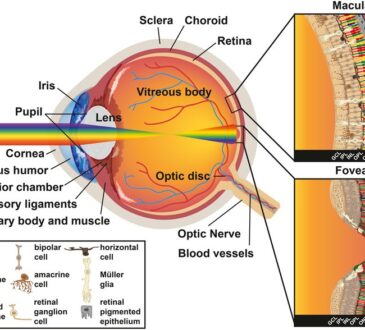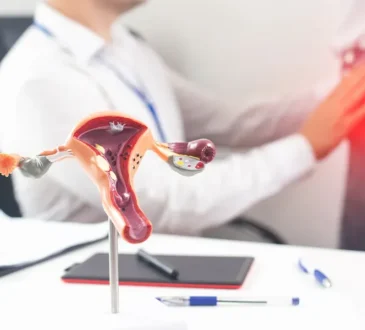
Like numerous other substances, the length of time that marijuana stays in the body of an individual depends on several factors, including metabolic processes, hydration, how often someone uses, and the amount of tetrahydrocannabinol (THC) in the drug. With the rise in accessibility, many users opt for cheap weed, which can still vary widely in potency and THC concentration—affecting how long it remains detectable. (Depending on how frequently the user uses it), their saliva for a maximum of 24 hours, and in blood for as long as 12 hours.
What Is the Process of THC in Your Body?
Numerous body tissues and organs, such as the heart, brain, and fat, either absorb THC or the liver converts it into metabolites known as 11-hydroxy-THC and carboxy-THC. Approximately 65% of cannabis is eliminated through faeces, and 20% is eliminated through urine. The body stores the remaining amount. It is kept in bodily tissues before being returned to the bloodstream and subsequently processed by the liver. Because THC accumulates in adipose tissue more quickly than it can be removed, it might also appear on a test for drugs weeks or even days after a person has used marijuana.
What is the duration of your cannabis use?
THC has a very long half-life, or the amount of time required for the human body’s THC level to decrease by half, due to its high fat solubility. The duration of residual THC levels in the body is contingent upon the individual’s marijuana use. According to one study, for instance, the half-life for people who smoked marijuana infrequently was 1.3 days. More regular use revealed a half-life of roughly five to thirteen days.
Test for Saliva
On the tip of a stick, an absorbent sponge or sticky pad is used to massage the tongue or the interior of the cheek. There is substantial oral absorption of THC, according to research, which raises concentrations for a few hours after consumption.
Urine Examination
For identifying marijuana use, urine samples are typically the suggested drug test method because urine has the highest amount of THC for an extended period of time.
Hair Examination
Hair testing has a long detection window. Scalp hair can identify cannabis use after three months. A hair test, however, is most accurate for people who use cannabis daily or almost daily, according to a study, but it cannot identify modest cannabis usage. A single investigation found that THC tests in a hair collection proved positive in 39% of people who expressed moderate marijuana usage and 75% of people who expressed high cannabis use.
Blood Examination
Blood tests are rarely utilised to identify marijuana because the drug only lasts a brief period in the bloodstream. The reason behind this is that although THC enters the system rapidly (within minutes of inhalation), its levels quickly drop three to four hours after consumption.




